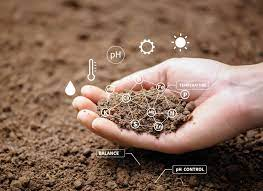The origins of soil remediation

Since the early mediaeval times, soil remediation was done by crop rotation to restore soil fertility. Nevertheless, today, industry laws require remediation to remove contaminants or pollution from soil, surface water, sediment, or groundwater to avoid negative impacts on human health or the environment.

Many methods are available for remediation. These are grouped into two categories: ex-situ (complete excavation) and in-situ (treatment without removal). In-situ treatment is done without removing the soil. Ex-situ requires complete excavation. The most widely used techniques of remediation include pump-and-treat, extraction, containment and stabilisation/solidification. Other processes include soil washing, air stripping, and thermal desorption , along with biological remediation. For Soil Remediation, visit Soil Fix.
The planning approval for a development site is usually conditional on Soil Remediation. Work will stop until the right measures are taken. The Environmental Protection Act of 1990 requires that a developer comply with the act, which stipulates that remediation must be carried out if contamination poses any risk.

In the event of an accidental release of pollutants, like a leak or explosion at an industrial plant, for example, that contaminates agricultural land in a considerable radius around the plant, soil remediation will be required. At Chernobyl, for example, even years after the blast, a process called phytoremediation began. This involved the introduction of beneficial plants in the area. Daffodils, hemp and other plants can be used as filters and traps to stabilise metal contaminants and break down organic pollutants. This method will reduce the contamination in the space, with no soil needing to be removed.
